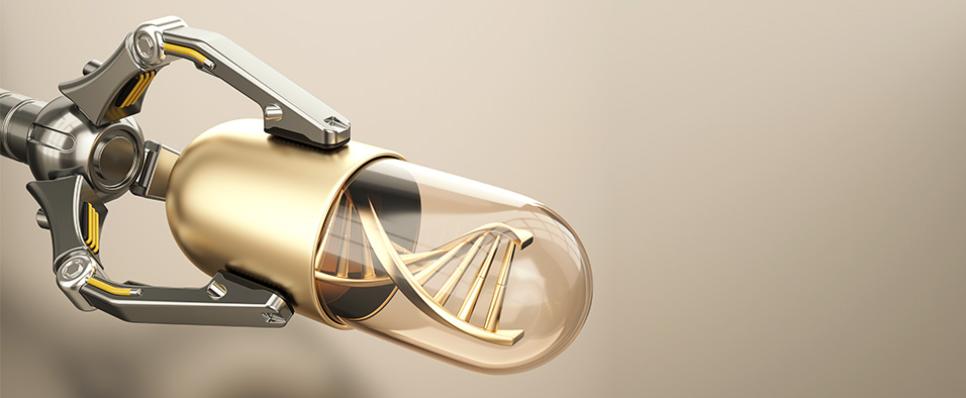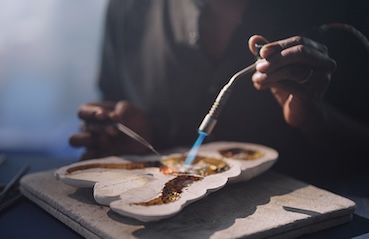Published: 21 Aug 2020
Gold's role in diagnosing COVID-19

The ongoing COVID-19 (Corona Virus Disease) pandemic, caused by the infectious novel coronavirus (SARS -CoV-2) has led to a global healthcare crisis. The global R nought for this virus stands is estimated to be as high as 6.6. This means that 1 infected person has the capacity to infect at least 6 more people. Though India's R nought is estimated to be as low as 1.27, without large-scale immunity, experts believe this number is likely to rise. Owing to the scale of the pandemic, it has propelled innovation in the healthcare space.
To break this chain of infection, giant think tanks, scientists, and bio-entrepreneurs are all hustling to develop rapid kits for medical diagnosis of COVID-19 as "testing" is the WHO recommended path for overcoming this pandemic.
For decades, gold has played an integral part in the healthcare industry. Gold nanoparticles have become extremely valuable with widespread applications, from diagnostic testing to medical treatments and procedures.
Here's a look at how gold can help in the process.
Related: Gold's role in healthcare
How and why gold is used for testing
Newer technologies like nanotechnology and microfluidics have been effective in the prevention, diagnosis, and therapy of diseases. Of these, medical diagnostics is one of the most important areas where different elements are used to detect disease-causing agents like viruses in very small amounts of human samples. Gold is one of these elements.
While gold has been used in healthcare since medieval times, newer applications use gold nanoparticles. The width of a nanoparticle is one five-thousandth of a human hair. These very tiny particles of gold modified into crystals., beads and wires have been in development to create rapid diagnostic tests to detect COVID-19.
These diagnostic tests are based on Lateral Flow Assays (LFA) that are paper-based methods used for testing a mixture of blood to detect the presence of antibodies (the soldiers of the human body) which indirectly signal an active infection. Gold is a suitable material for use in LFAs because it is chemically inert and can capture and reflect different wavelengths of lights.
Gold's use in LFA testing for COVID-19
Global policies and local government rules across the world are changing rapidly to make the availability of diagnostic kits easier. Not only are the LFAs cost-effective but they are also hassle-free to use.
Leading UK diagnostics firm Mologic received a large grant from the National Health Service to develop and manufacture "lab-on-chip" devices, which use gold nanoparticles, for COVID-19 detection.
How the process of testing for COVID-19 works?
Traditionally, these antibody tests are performed in a centralised laboratory, which can be a slow and expensive process, but a rapid and portable point of care device like an LFA can be used at home since it is easy to analyse and interpret the results. LFA works on the principle of visual detection of gold nanoparticles. The human sample is placed on the chip, which then gets attached to the small proteins in the device making a clump. This clump then moves forward reflecting a colour that can be easily visualised. A similar example of such a kit is a home pregnancy test.

Related: Gold's role in healthcare diagnostics
Gold has always been revered for its value and utility in different sectors. Gold has been used as a material for LFAs based on its unique and dynamic properties. Its efficacy in detection and robustness makes it a perfect choice for microfluidics devices. Such diagnostics will encourage further research and complement lab-based intensive techniques to create even more effective diagnostic tests or even a cure for COVID-19.











